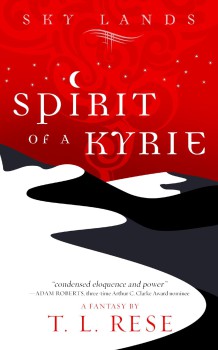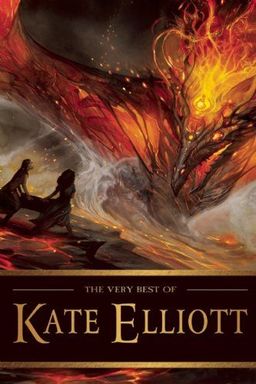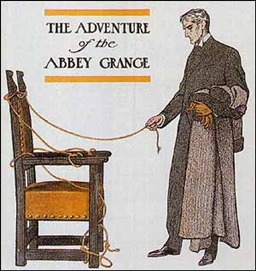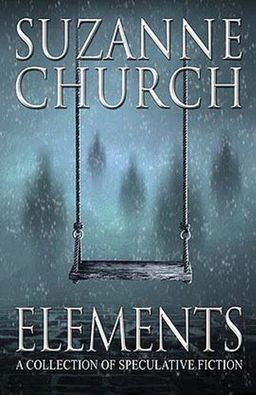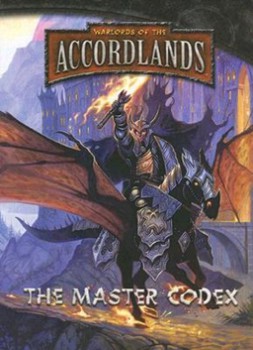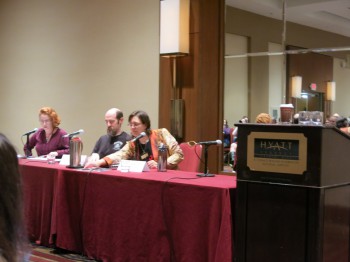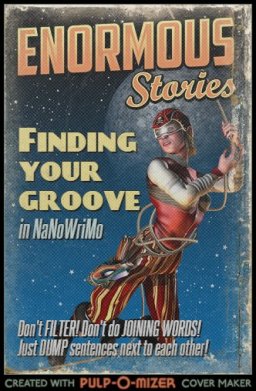In Praise Of Pavane
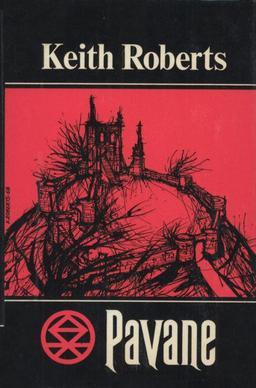 The power of place. Where we’ve been, what we see, the lighting and the weather. These things hold us, sink roots into our nervous system; they unfurl massive Yggdrasils that coil within, then twist into memory.
The power of place. Where we’ve been, what we see, the lighting and the weather. These things hold us, sink roots into our nervous system; they unfurl massive Yggdrasils that coil within, then twist into memory.
So it must have been for author Keith Roberts, and his encounters with Corfe Castle, in southwest England. He built his story cycle Pavane around Corfe, almost as an homage.
I understand, I do, for I first saw Corfe – indeed, the only time I have ever seen Corfe – in 1976, in the rain, with my family. I was nine, but I have never forgotten that tusk of a castle, the last spike of it spearing skyward from a sharp, steep hill, the flanks yellow-green with shaggy, unkempt grass. A chain-link fence enclosed the base of the hill, and we could not get in.
My father was furious. Rain and all, he’d had plans to hike us up that hill, to see the ruin for ourselves, up close and appropriately personal. Instead, we never got out of our rented car – it really was the soggiest of days, British to the core — but I see that spike of mortared stone to this day, standing proudly in the storm and refusing, absolutely refusing to come down.
So it is for Keith Roberts, as his stories swirl around and finally come to roost at Corfe, a rebuilt Corfe, a Corfe in an alternate history where the keep’s motte and donjon have stood the test of time, and war now, against mighty odds, with Holy Rome.
